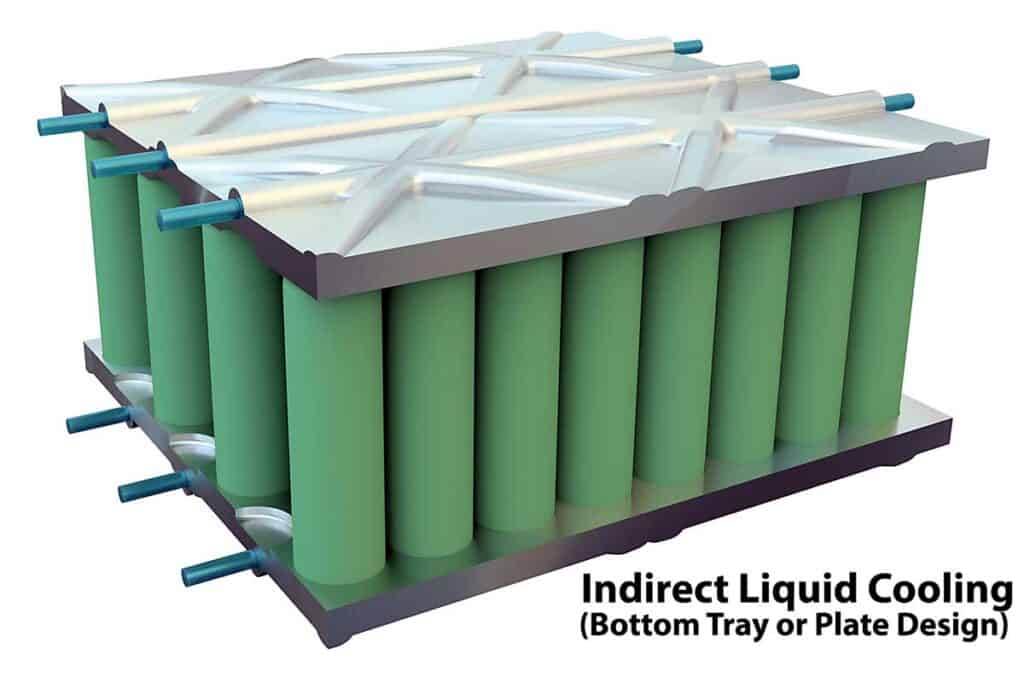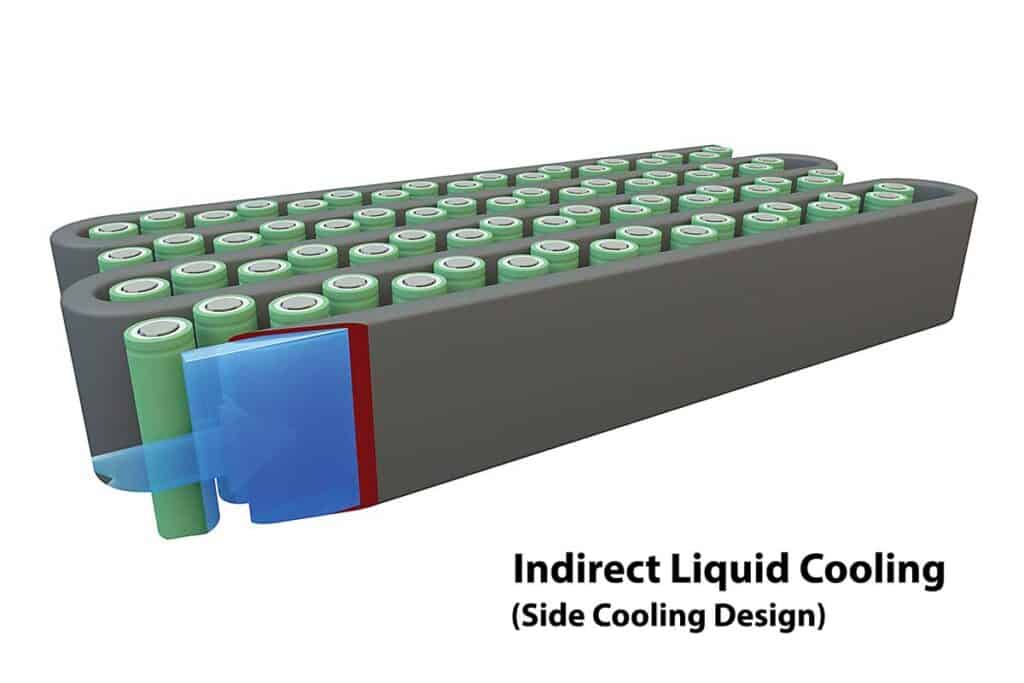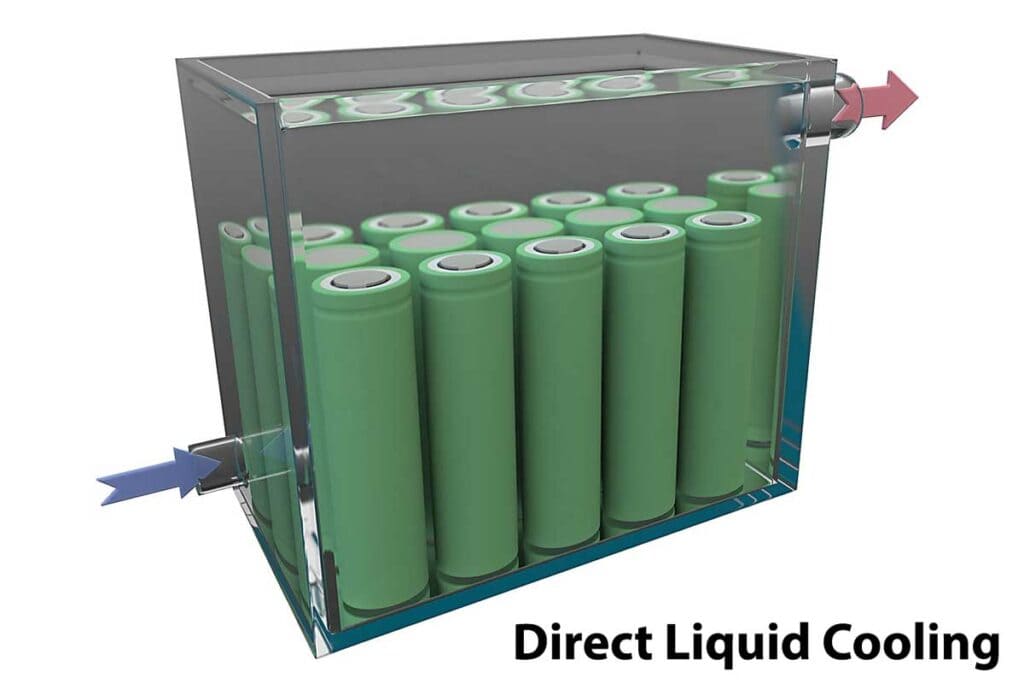Electric Vehicles Need Coolants
By: Chris Holley, MACS Member & Instructor at Pennsylvania College of Technology
Over the years, the Cooling Corner column has discussed numerous coolant types. While not an extensive list, most automotive manufacturers have, for specific applications, used the following coolants:
- Inorganic Acid Technology (IAT)
- Organic Acid Technology (OAT)
- Hybrid Organic Acid Technology (HOAT)
- Silicate Hybrid Organic Acid Technology (Si-OAT)
- Phosphate-free HOAT (NAP-free)
- Nitrite Organic Acid Technology (NOAT)
With the increased sales of electric vehicles (EVs), specialty-formulated coolants may be required to maintain the EVs’ efficiency.
Coolants and EVs
To attempt to keep electric vehicles a cost-effective option, many manufacturers are developing smaller-sized batteries, which are less expensive to construct. However, with the smaller batteries, increased electronics usage, expanded computing power and greater performance demanded by the operators, the batteries and e-motors are subjected to significantly increased temperatures.
In many instances, the manufacturers have thermal fluid technologies that indirectly cool (or heat) the batteries, meaning the coolant does not contact the internals of the lithium-ion battery. Instead, coolant flows through an intermediate heat exchanger, which extracts heat from the battery and motors. Because indirect cooling of the EV components is like an internal combustion engine (ICE), traditional OAT-type antifreeze is sufficient for those systems.


However, manufacturers have started utilizing direct liquid cooling (or heating) systems to maintain the battery temperature more efficiently. Direct liquid cooling allows the coolant to flow around the cells and extract heat straight from the source. However, with direct liquid cooling, there are different coolant requirements.
Because the design exposes the battery cells to the coolant, it must be a low to no-conductivity fluid. The low to no-conductivity coolant, while an OAT fluid, has different properties than conventional ICE antifreeze, which has a high conductivity.
Why Low to No-Conductivity Coolants?
The reason for using low to no-conductivity coolant is safety. When electrons flowing through the battery and motors are accidentally exposed to conventional OAT coolant, the high conductivity fluid will cause the battery to fail and possibly explode.
Additional motivations for using direct liquid cooling are faster charging and better performance. Direct current (DC) fast and ultra-fast charging can stress the battery. However, direct liquid cooling keeps the battery at its optimum charging temperature longer than indirect cooling.

Ambient temperature extremes can reduce battery efficiency. Elevated temperatures may lessen the power capacity and lifespan of the battery while low temperatures can also undercut battery performance. Without effective thermal management, the battery will require more frequent charging, the driving range will decrease and the battery may need to be replaced more quickly.
Alphabet Soup
So, the alphabet soup of coolant types has expanded again. But now, the results of accidentally mixing coolants are more severe, such as the simple mistake of installing conventional-OAT coolant into direct liquid-cooled batteries and motors leading to catastrophic damage.
The EV industry is advancing faster than the development of new American Society for Testing and Materials (ASTM) standards for coolants. So, as EVs continue to roll off assembly lines, expect substantial advancements, changes and challenges for dealership and independent garage technicians. Likewise, with the shifts in the automotive repair field, always consult the manufacturer’s recommendations — especially about coolants.
This Cooling Corner article originally appeared in the Jul/Aug 2023 issue of MACS ACtion Magazine.
Want More?
Like this article? Read more like this in our ACtion Magazine. Located in the members only section when you sign in: MACS ACtion Magazine Archives.
Not a member? Become a member today!

Muy buen reportaje.
Gracias.
Reality check
This is what I see every day in real time let’s say on the lower end shops that are the cheapest guys with the lowest paid employees starving for money. I literally watched them top off vehicles with tapwater out of the hose.. throw in whatever the cheapest coolant that represents the same color of what’s in the vehicle. I watched them use something called universal antifreeze. 🤔?
And drop it in on top of whatever is already in the system
THIS IS REALITY
Doesn’t matter if it’s a Hybrid or 100% electric vehicle